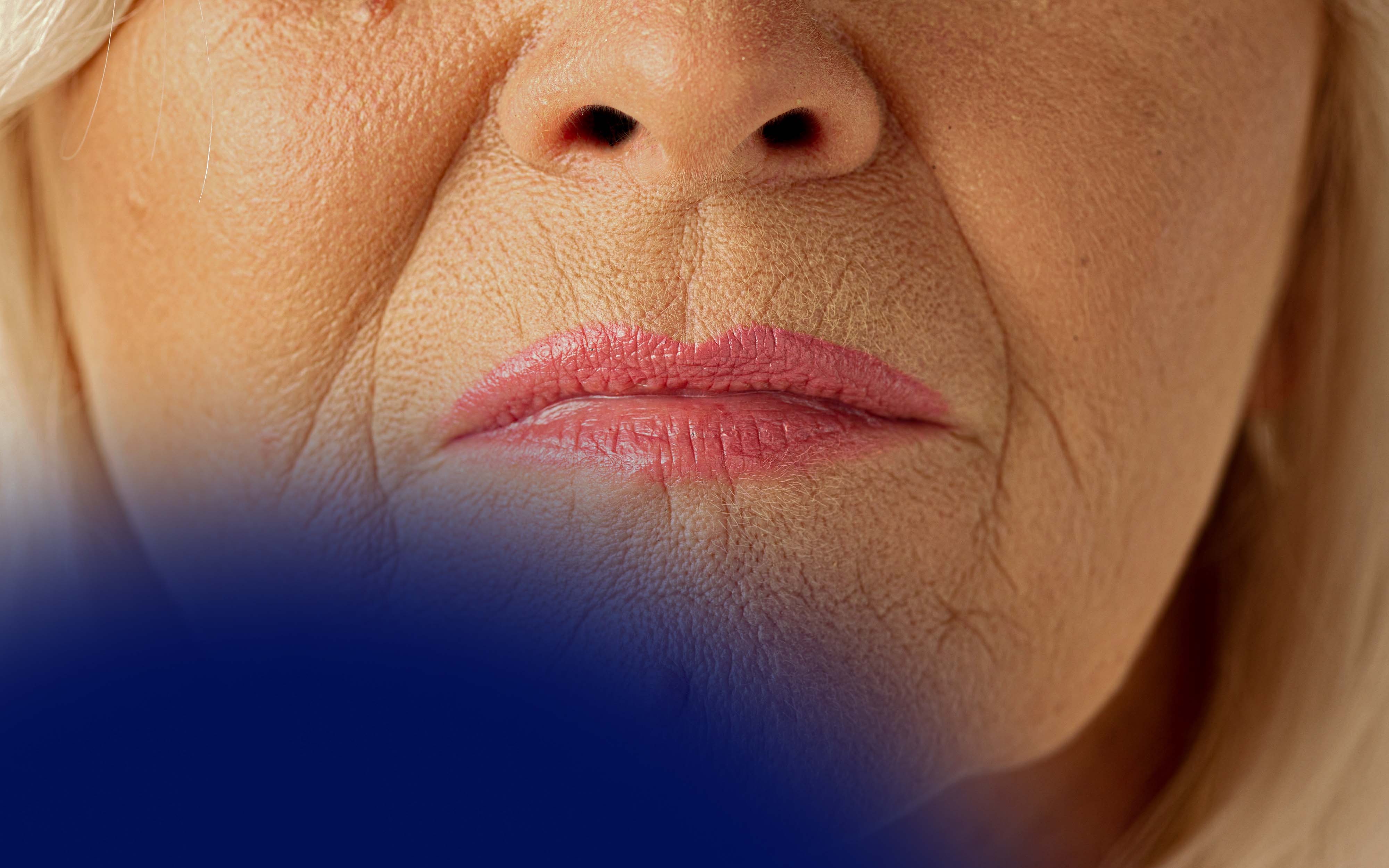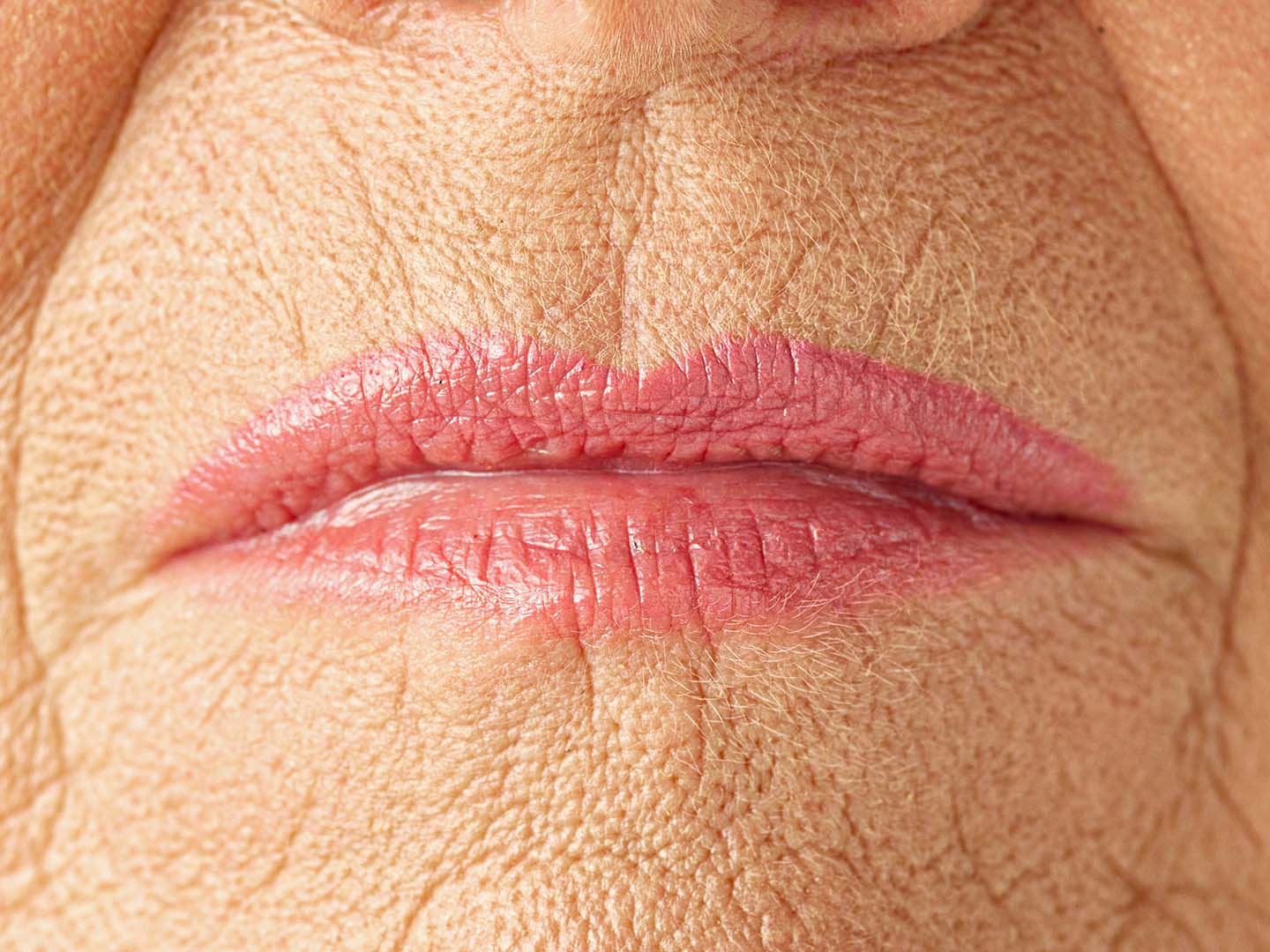
Vertical lip lines, often called smoker’s lines or lipstick lines, are one of the more delicate yet persistent signs of facial aging. While they may seem minor compared to volume loss or sagging, they can significantly affect how patients perceive their mouth area, making lipstick feather, creating a pursed look, or simply giving a prematurely aged appearance.
As a medical aesthetician, treating vertical lip lines with finesse can be one of the most rewarding challenges. Done well, the results are subtle, soft, and confidence-boosting. Done poorly, however, overtreatment can result in unnatural stiffness or a puffy upper lip. This article outlines the causes of these lines, the best dermal filler options, and the safest injection techniques to produce natural, expressive results that patients love.
Understanding the Cause of Vertical Lip Lines
Vertical lip lines form from a combination of intrinsic aging and external lifestyle factors. Repetitive movement of the orbicularis oris muscle, particularly pursing the lips, gradually breaks down the surrounding collagen and elastin. Over time, this leads to fine etched lines that deepen with age.
The decline in dermal collagen and hyaluronic acid contributes to thinner skin around the mouth, making it more susceptible to creasing. Lifestyle factors like smoking and chronic sun exposure accelerate this process by degrading collagen and elastin fibers. Even non-smokers can develop smoker’s lines simply due to habitual lip movement and skin changes with age.
Anatomically, these lines are often accompanied by dermal thinning, reduced lip volume, and even minor retraction of the vermilion border. This combination means that treatment requires not just filling but an understanding of structure and movement.
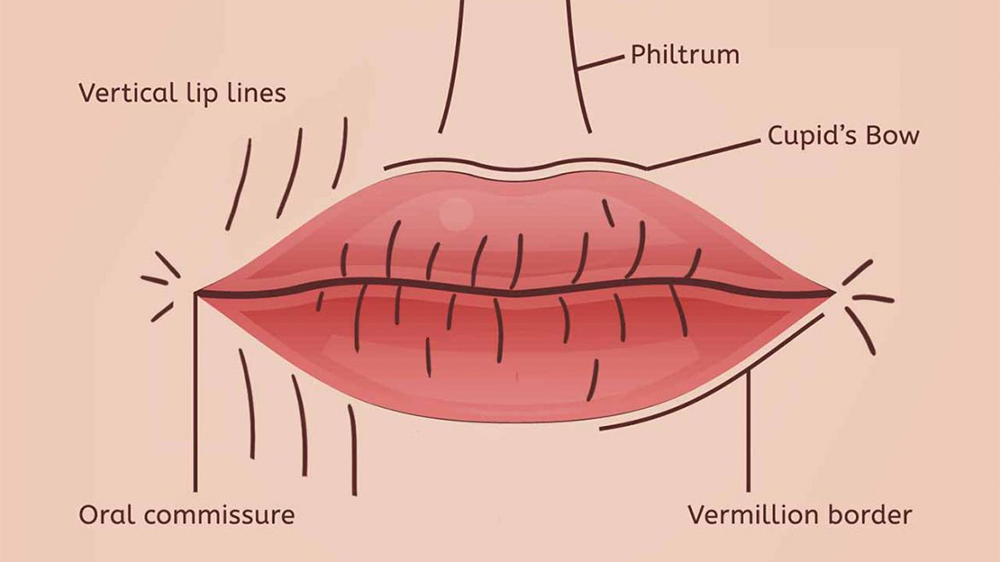
Best Filler for Vertical Lip Lines
When it comes to selecting the best vertical lip lines filler, the goal is subtlety, not volume. A filler that is too viscous or firm can compromise lip movement and exaggerate the area instead of softening it.
Products with low to mid viscosity and high integration capacity work best for these dynamic areas. Formulations designed for superficial placement or dynamic wrinkles are ideal. Hyaluronic acid-based fillers from the Juvederm or Restylane families are commonly used. Juvederm Volbella and Restylane Kysse are two popular options due to their softness, flexibility, and longevity in mobile areas.
A practitioner’s familiarity with the product’s rheology is key. Fillers with smooth gel consistency and lower cross-link density tend to integrate better in the superficial dermis, making them preferable for fine lines. Always consider whether the product has been FDA-approved for perioral use, though off-label treatments are frequently used based on injector's experience. You can find more information in our upcoming article on Filler for vertical lip lines: Before and after.
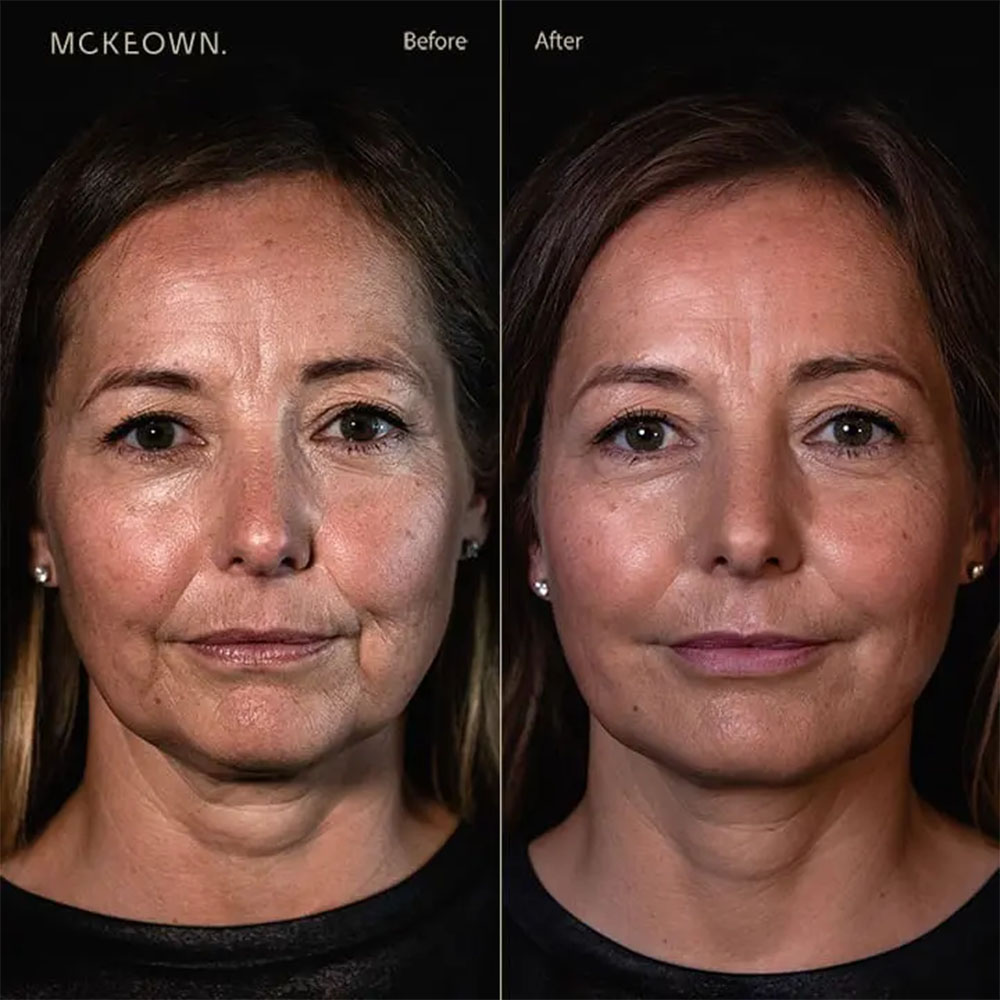
Injection Techniques for Vertical Lip Lines
Treating vertical lip lines requires precision. Overcorrection is one of the most common aesthetic missteps in this area, leading to unnatural results or “ducky” lips. That’s why technique is just as important as product choice.
Microbolus, blanching, and linear threading are among the most popular approaches. The blanching technique, involving small intradermal blebs, works well for superficial etched lines. Linear threading can be used for slightly deeper lines, ideally just into the dermis, while microbolus placement at an angle can support the vermilion border and soften shadowing.
Volume should be minimal, often less than 0.1 mL per line, and delivered slowly with careful observation of tissue response. Cannulas may be used in some cases for broader areas, but needles offer greater control for these precise microinjections.
Key precautions include avoiding superficial overfilling that could lead to the Tyndall effect, and ensuring even distribution through massage or molding after placement. The aim is not to erase every line, but to soften the etched appearance while preserving natural lip movement.
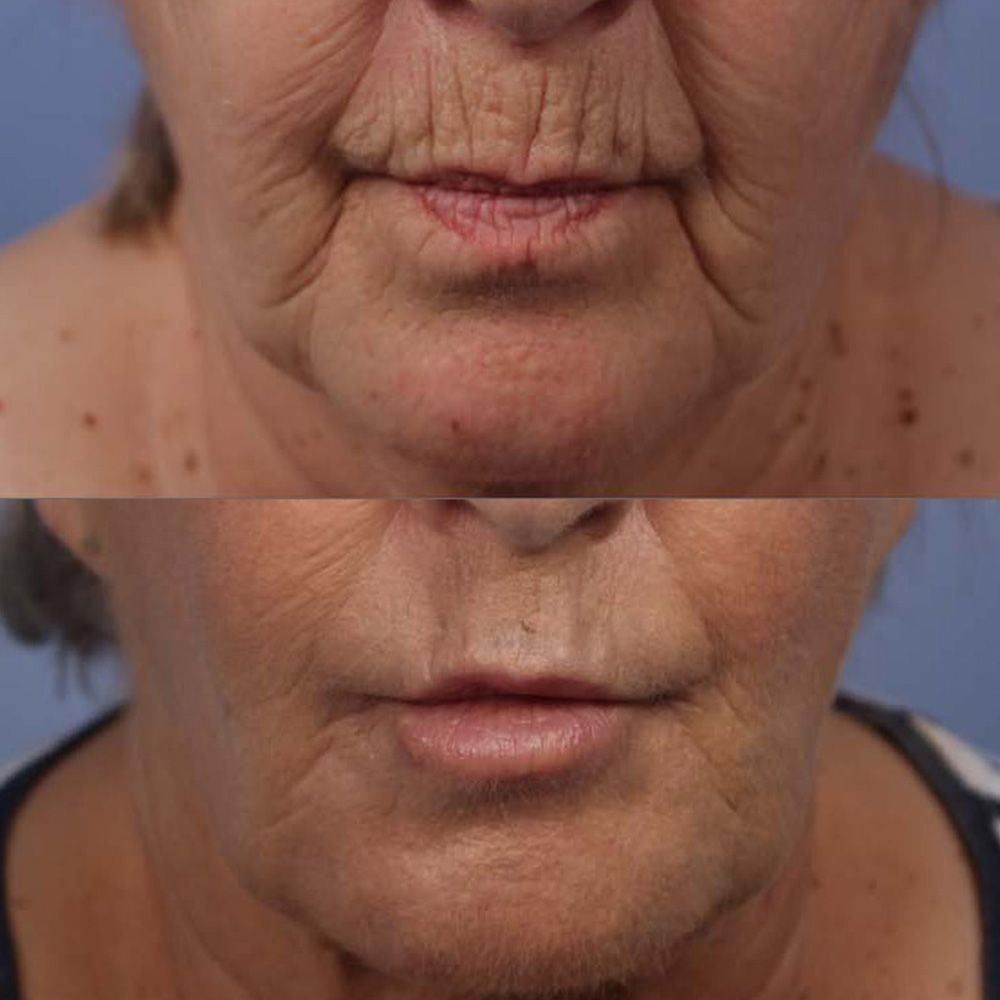
Combination Approaches and Adjunctive Treatments
Filler alone may not always be enough to fully treat vertical lip lines, especially when lines are deeply set or accompanied by significant skin thinning. In these cases, combining treatments can yield more satisfying and long-lasting results.
Botulinum toxin, when used in microdoses, can reduce hyperactivity of the orbicularis oris muscle and prevent further deepening of lines. This can be especially helpful in patients who purse their lips frequently, whether out of habit or profession (musicians, for instance).
Microneedling, laser resurfacing, and topical retinoids can also support collagen remodeling and improve skin texture around the mouth. These methods are ideal for pre-treatment skin conditioning or maintenance post-filler. The use of energy-based devices like fractional lasers should be timed appropriately to avoid affecting filler integrity.
Combining modalities should be done with clear patient communication and a staged treatment plan. While filler offers immediate softening, adjunct therapies work on long-term dermal quality.
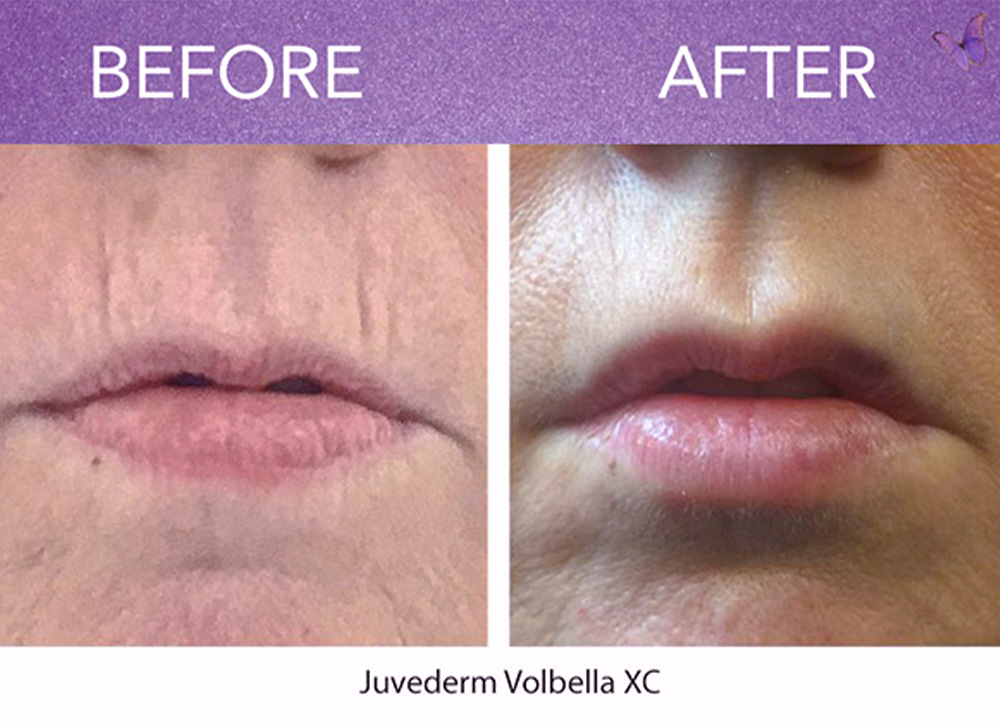
Can You Get Rid of Vertical Lip Lines?
Yes, but it’s less about “erasing” and more about refining. Vertical lip lines can be softened considerably, often to the point where makeup no longer settles into creases and the mouth looks fresher. However, trying to completely eliminate them may result in overcorrection.
A well-planned filler treatment improves the area without freezing expression. In some cases, a combination of light filler, skin therapies, and neuromodulators will yield the best result over several sessions.
Maintenance is also key. Because this area is dynamic and highly mobile, filler tends to metabolize a bit faster here. Most patients will need touch-ups every 6–9 months, especially if the filler used is soft and placed superficially.
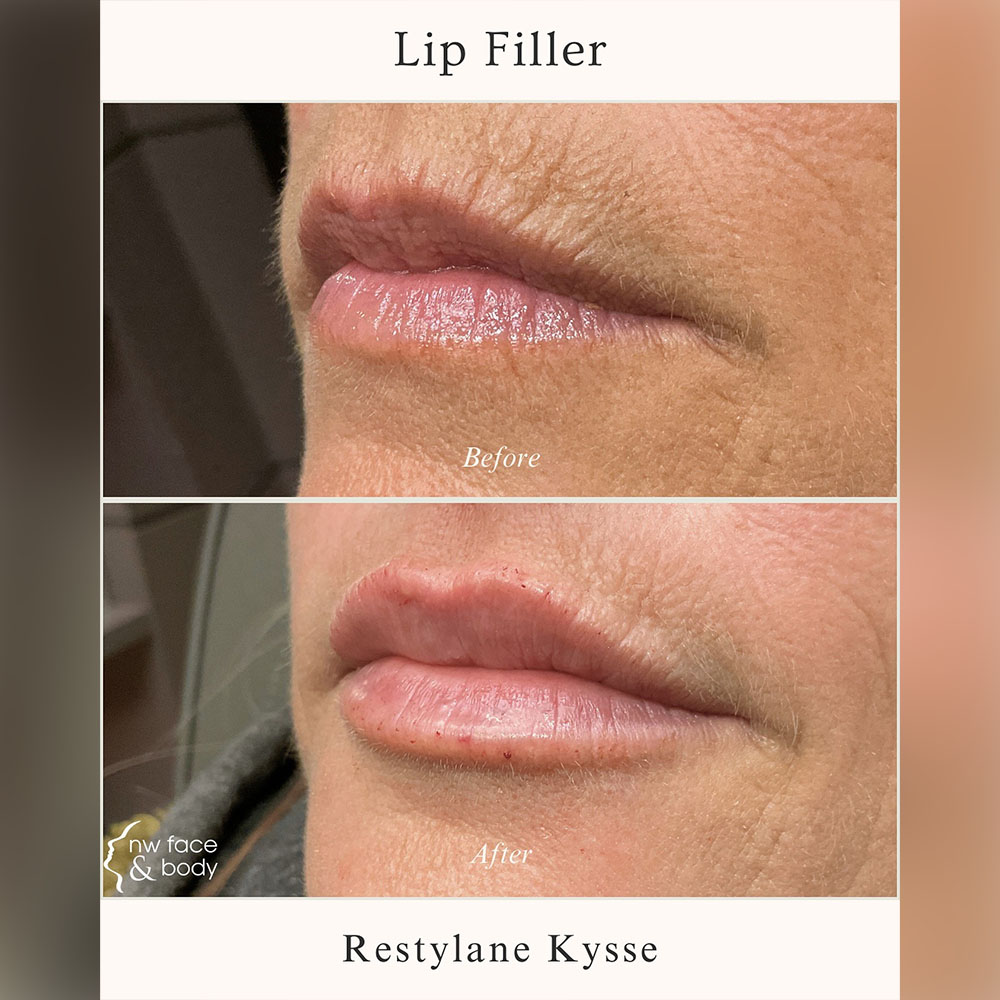
Patient Selection and Planning
Not every patient is a candidate for vertical lip line filler. Those with very thin skin, excessive photodamage, or unrealistic expectations should be assessed carefully. Overfilled lips are a common concern, so it’s important to explain that the goal is texture refinement, not volume.
Ideal patients are those with mild-to-moderate perioral lines, good skin tone, and a willingness to follow a maintenance plan. Start with conservative filler volumes, especially in first-time patients, and consider pairing with skin-boosting treatments.
Educate patients that results improve with time and that a multi-layered approach often gives the most natural outcome.
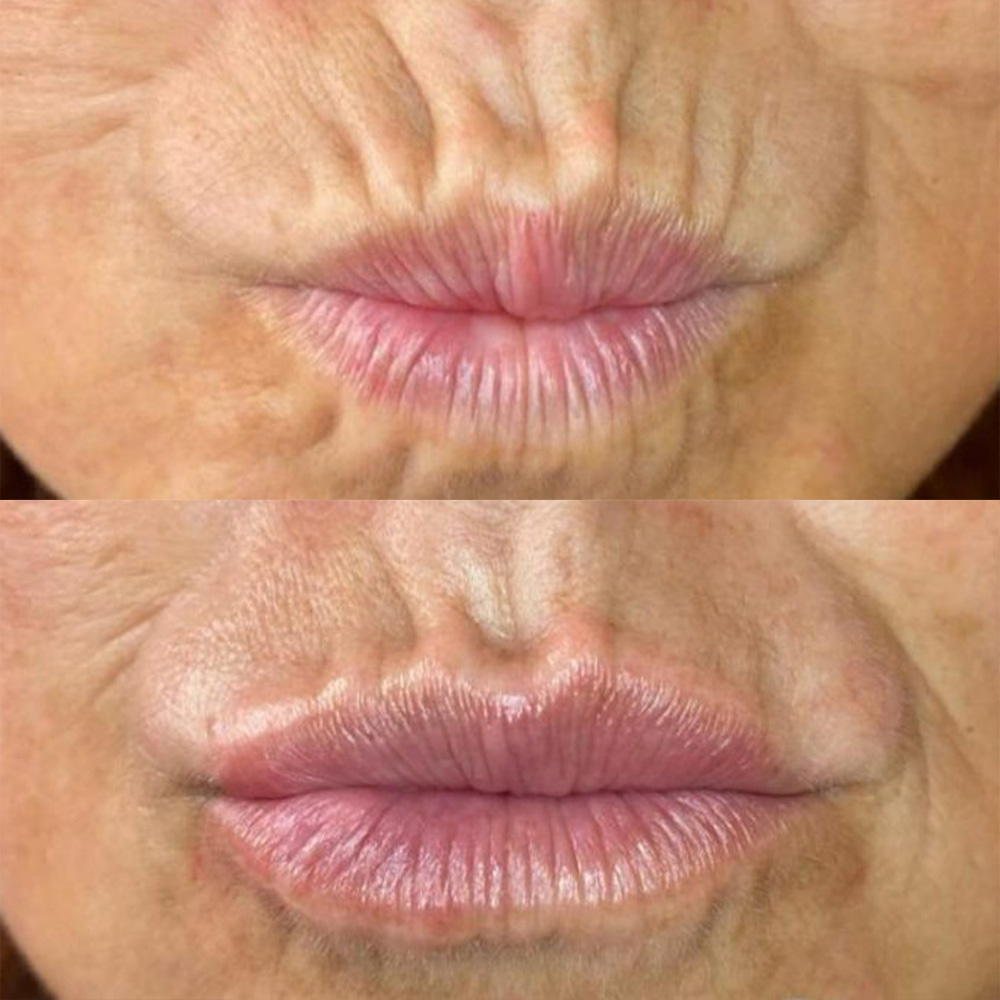
FAQ
How to get rid of vertical lip lines without surgery?
Topical retinoids, microneedling, and laser resurfacing can reduce the appearance of vertical lip lines over time. Regular skin care and sun protection are also essential.
How to fix a double lip line naturally?
Hydration, collagen-stimulating treatments like microneedling, and muscle relaxation with small amounts of botulinum toxin may help soften the appearance.
Is Vaseline good for lines around the mouth?
While it doesn't reverse wrinkles, Vaseline helps lock in moisture and can improve skin texture when used consistently alongside active skincare.
How to lift the upper lip without surgery?
Options include filler to support the vermilion border, neuromodulators to reduce muscle pull, or energy-based skin tightening devices.
What is the best thing for vertical lip lines?
The best option depends on skin type and wrinkle severity, but a combination of low-viscosity hyaluronic acid filler and supportive skin treatments often works best.
Conclusion
Treating vertical lip lines is a subtle art that combines anatomical knowledge, technique precision, and product fluency. The goal isn’t to erase all signs of movement but to soften their imprint while keeping the area expressive and natural-looking.
The best results come from light-handed filler application, thoughtful patient selection, and, when needed, supportive treatments like botulinum toxin or resurfacing. For practitioners ready to refine their perioral rejuvenation skills, enrolling in HubMed Ed’s aesthetic medicine courses offers targeted training and expert insights tailored to today’s evolving aesthetic demands.
Sources
- Bourmand R, Olsson SE, Soleimani S, Fijany A. Lip Filler Versus "Lip Flip": Longitudinal Public Interest and a Brief Review of Literature. J Cosmet Dermatol. 2025;24(2):e70048. doi:10.1111/jocd.70048 https://pubmed.ncbi.nlm.nih.gov/39936357/
- Cooper H, Gray T, Fronek L, Witfill K. Lip Augmentation With Hyaluronic Acid Fillers: A Review of Considerations and Techniques. J Drugs Dermatol. 2023;22(1):23-29. doi:10.36849/JDD.6304 https://pubmed.ncbi.nlm.nih.gov/36607750/
- Chiu A, Fabi S, Dayan S, Nogueira A. Lip Injection Techniques Using Small-Particle Hyaluronic Acid Dermal Filler. J Drugs Dermatol. 2016;15(9):1076-1082. https://pubmed.ncbi.nlm.nih.gov/27602969/
- Czumbel LM, Farkasdi S, Gede N, et al. Hyaluronic Acid Is an Effective Dermal Filler for Lip Augmentation: A Meta-Analysis. Front Surg. 2021;8:681028. Published 2021 Aug 6. doi:10.3389/fsurg.2021.681028 https://pubmed.ncbi.nlm.nih.gov/34422892/
Disclaimer:
This article is intended for licensed medical professionals. All protocols, dosages, and treatment insights referenced herein are based on published literature. The content is not intended to encourage application, diagnosis, or self-treatment of unlicensed individuals, and should not be used as a substitute for the clinical judgment of a qualified healthcare provider.
